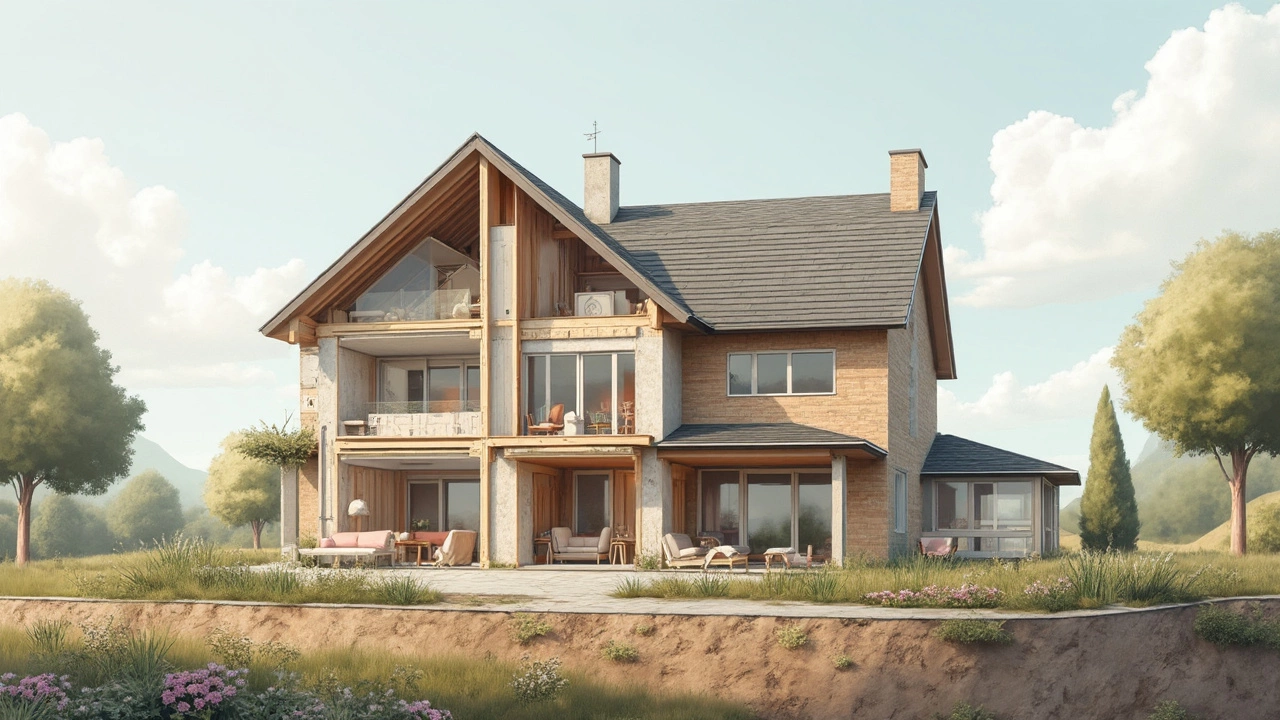Construction Cracks – What They Mean and How to Fix Them
If you’ve spotted a crack in a wall, floor, or foundation, you’re probably wondering if it’s a big deal. Cracks are common in any building, but not all of them need urgent action. This guide breaks down the most common types of construction cracks, why they appear, and what you can do right now.
Typical cracks you’ll see
Horizontal cracks run left‑to‑right across a wall. They often show up in foundations and can signal pressure from soil or water. Vertical cracks go up and down the surface; they’re usually caused by settling or shrinkage of materials. Diagonal or stair‑step cracks look like a series of short lines; these often appear in brickwork when the mortar dries unevenly.
Most cracks start small – think a hair‑line gap – and grow slowly. If a crack widens quickly, especially in a load‑bearing wall, it could be a warning sign that the structure is moving.
How to tell if a crack needs a pro
First, check the width. Anything under 1 mm is usually harmless. Measure with a ruler or a simple crack gauge. Next, look at the pattern. A single, straight crack that stays the same length is less worrying than a network of cracks spreading out.
Give the crack a gentle tap with a screwdriver. If it sounds hollow, there could be voids behind the wall. Also, note if doors or windows start sticking – that’s a sign of shifting that may need professional help.
When in doubt, call a qualified contractor. They can run a moisture test, check the soil pressure, and recommend the right repair method.
Simple fixes you can try now include cleaning the crack, applying a flexible sealant, and monitoring it for changes. For larger gaps, a professional might install epoxy injection, steel reinforcement, or a carbon‑fiber patch.
Remember, catching a problem early can save you money. Regularly walk around your property, especially after heavy rain or a big temperature swing, and note any new cracks.
In short, not every crack spells disaster, but knowing the type, size, and behavior helps you decide whether a DIY patch will do or if you need an expert. Keep an eye on the details, act fast on any rapid changes, and your building will stay solid for years to come.

Do New Builds Get Cracks? What You Need to Know
Feb 19, 2025, Posted by Damon Blackwood
New homes can develop cracks over time due to factors like settling and materials adjusting to their environment. This article explores why these cracks occur, whether they're normal, and how to address them effectively. Discover practical tips on distinguishing between minor cosmetic issues and serious structural concerns in new constructions.
MORESEARCH HERE
Categories
TAGS
- foundation repair
- commercial construction
- construction
- new builds
- home improvement
- home renovation
- bathroom renovation
- residential construction
- construction materials
- home foundation
- renovation tips
- building types
- contractor
- foundation cracks
- home construction
- architectural services
- building codes
- construction differences
- home inspection
- kitchen installation